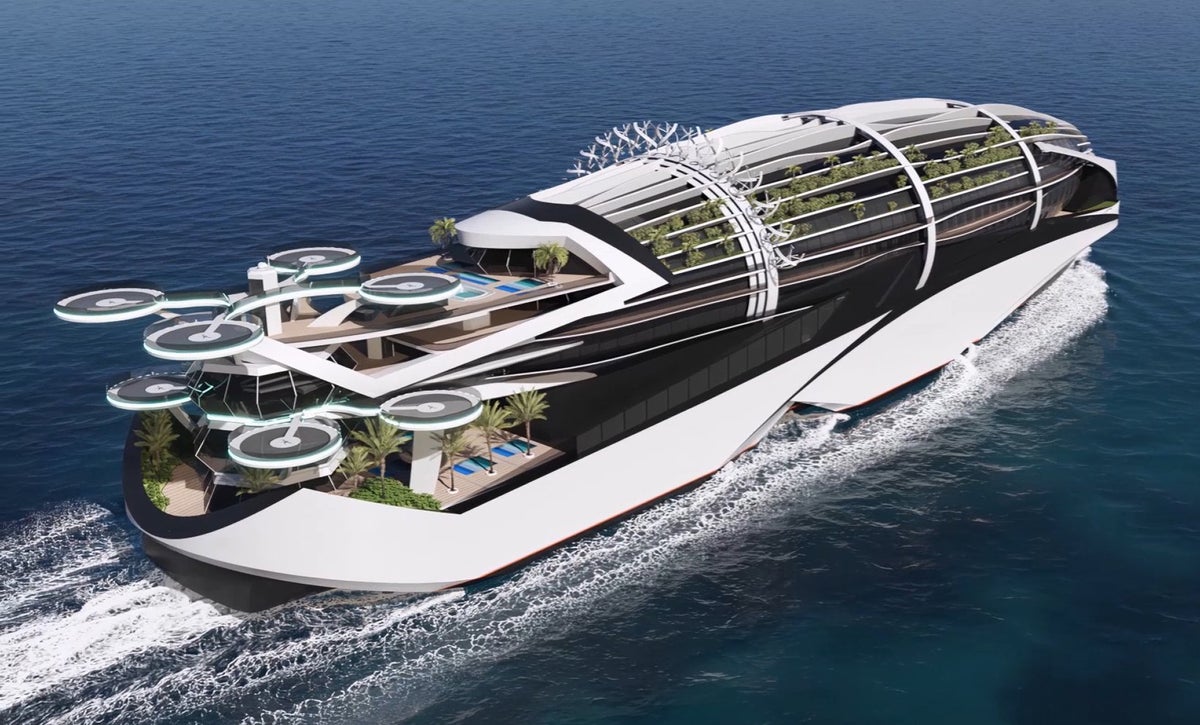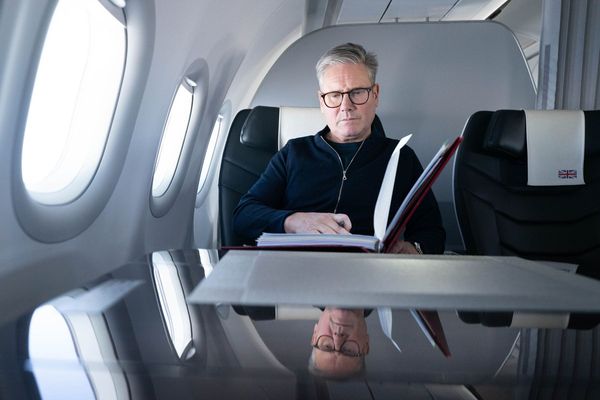
A leading German shipyard has revealed a concept vessel that they believe is what a cruise ship could look like in 2100.
Named Reverse, the aerodynamic seacraft from the Meyer Group was inspired by rock penguins. It features a closed glass façade as well as urban gardening areas and drone landing pads – which could well be an essential space in 77 years.
Thanks to a cabin structure detached from the outer hull, efficient modular manufacturing methods are possible, Meyer Group said.
“The ship is based on global megatrends and is one – but not the only – logical response to them,” according to Tim Krug, head of the concept development group.
These plans could see the end of the more popular elements of cruise ships: the multiple dining options.
“We have only provided for small restaurant areas that serve more as social meeting places because we imagine that a large part of the nutrients will be consumed in concentrated form like pills," said Krug.
“From today’s point of view, we sometimes come up with extreme approaches, but it is equally important to think them through and develop answers from them.”
The energy concept on board is highly innovative. It would be powered by wave energy through horizontal wings on the hull, as well as solar and fuel cells, and wind energy – meaning it could take to the ocean without fossil fuels.
A model of the ship was presented at a cruise conference last week, powered by a methanol-based fuel cell that does not emit carbon dioxide.
And some of Meyer Group’s new technology will soon be seen in upcoming ships. Silver Nova, which is due to join the Silversea fleet in summer 2023, will have a liquified natural gas (LNG) fuel cell on board, meaning no local emissions at port and considered a step towards a methanol fuel cell.







